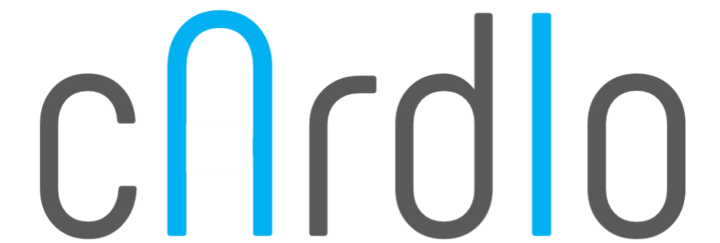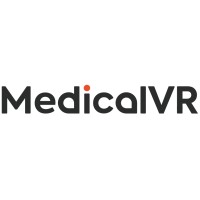Our mission
Cardio Computing primary focus is to develop a fully automatic, standardized and effective workflow for the personalized planning of minimally-invasive procedures, also contributing to value-based healthcare transformation. From this perspective, Cardio Computing aims to change the medical device development strategy, optimizing the R&D pipeline through numerical strategies coupled with generative pre-trained algorithms.
OUR SOLUTION
Despite percutaneous procedures gaining traction as a new clinical standard, the occurrence of periprocedural complications can impede their positive outcomes. Currently, there is a lack of standardized pre-operative planning protocols, leading to variations in strategies among different clinical centers and even within different units of the same hospital. This merely qualitative approach to planning introduces operator-dependency, hampers reproducibility, and leads to sub-optimal patient outcomes. In this context, our approach stands out as significantly faster and more efficient compared to existing semi-automated tools available in the market. With a GPU-accelerated workstation, our solution can complete the entire analysis process in less than 45 seconds, reducing processing time and aligning it with the demands of clinical routines.
publications
- A Deep Learning-Based and Fully Automated Pipeline for Thoracic Aorta Geometric Analysis and Planning for Endovascular Repair from Computed Tomography
- A CT-based deep learning system for automatic assessment of aortic root morphology for TAVI planning
- 3-Dimensional personalized planning for transcatheter pulmonary valve implantation in a dysfunctional right ventricular outflow tract
awards and recognition
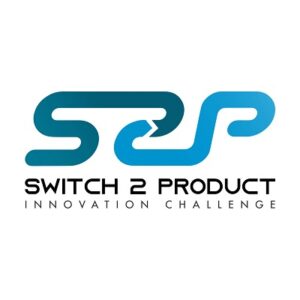
Finalist 2021
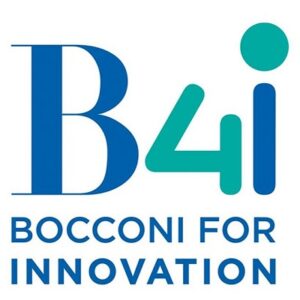
Best 5 startup 2022
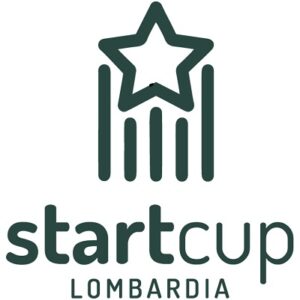
Finalist 2022 Special Mention

Finalist 2022
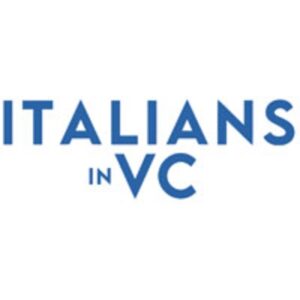
Participant 2023
About us
Cardio Computing is an entrepreneurial venture that emerged from the collaborative efforts of different technical and clinical research centers. This partnership has fostered a continuous exchange of knowledge between engineering and clinician domains, laying the foundation for groundbreaking innovations. The simplification of the daily clinical practice and the revolution of the medical device industry represent the driving ambitions of Cardio Computing. The executive team is a young and highly motivated group of engineers that embeds technical knowledges inherent to different specialties, from image processing to numerical biomechanics and from IT architecture to back-end programming.
